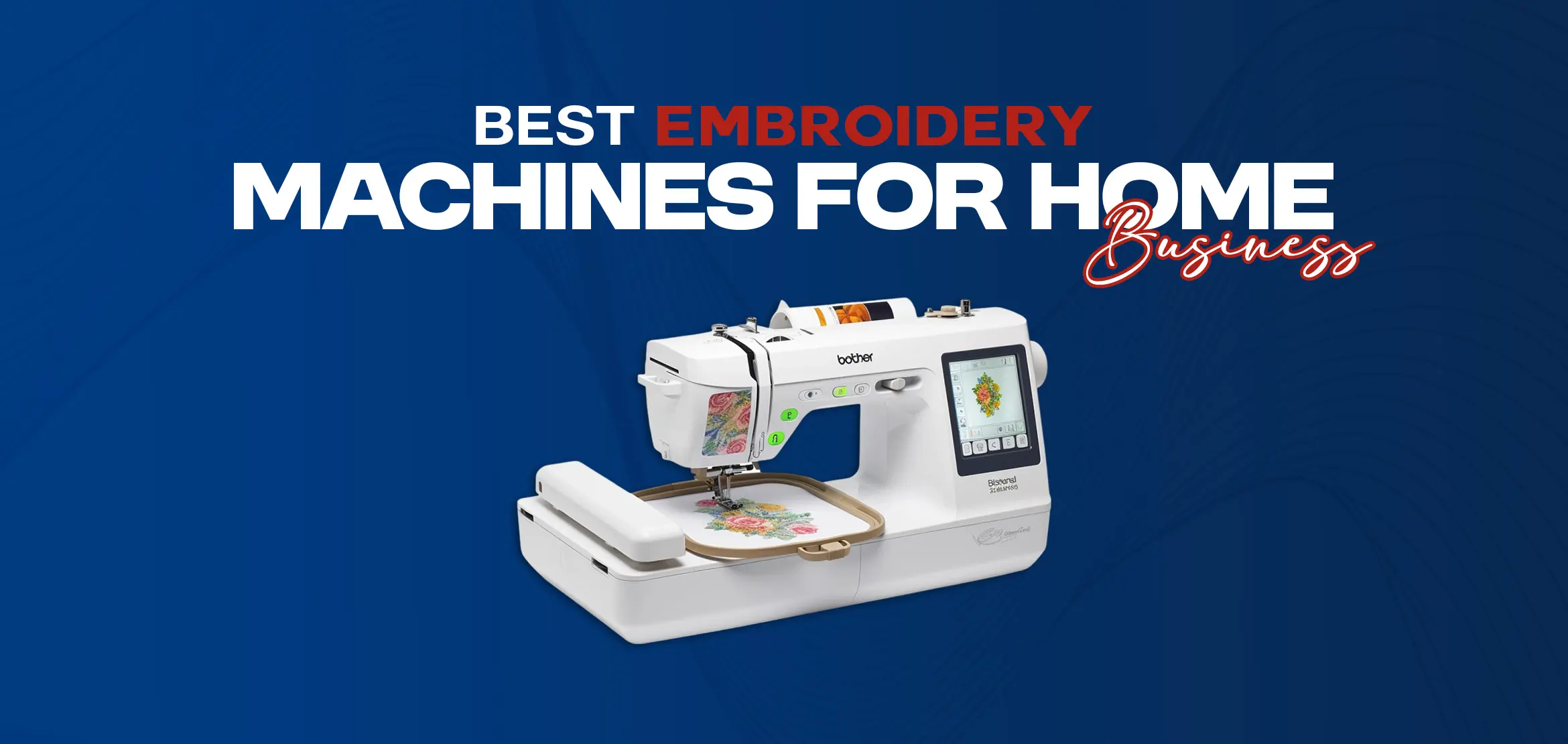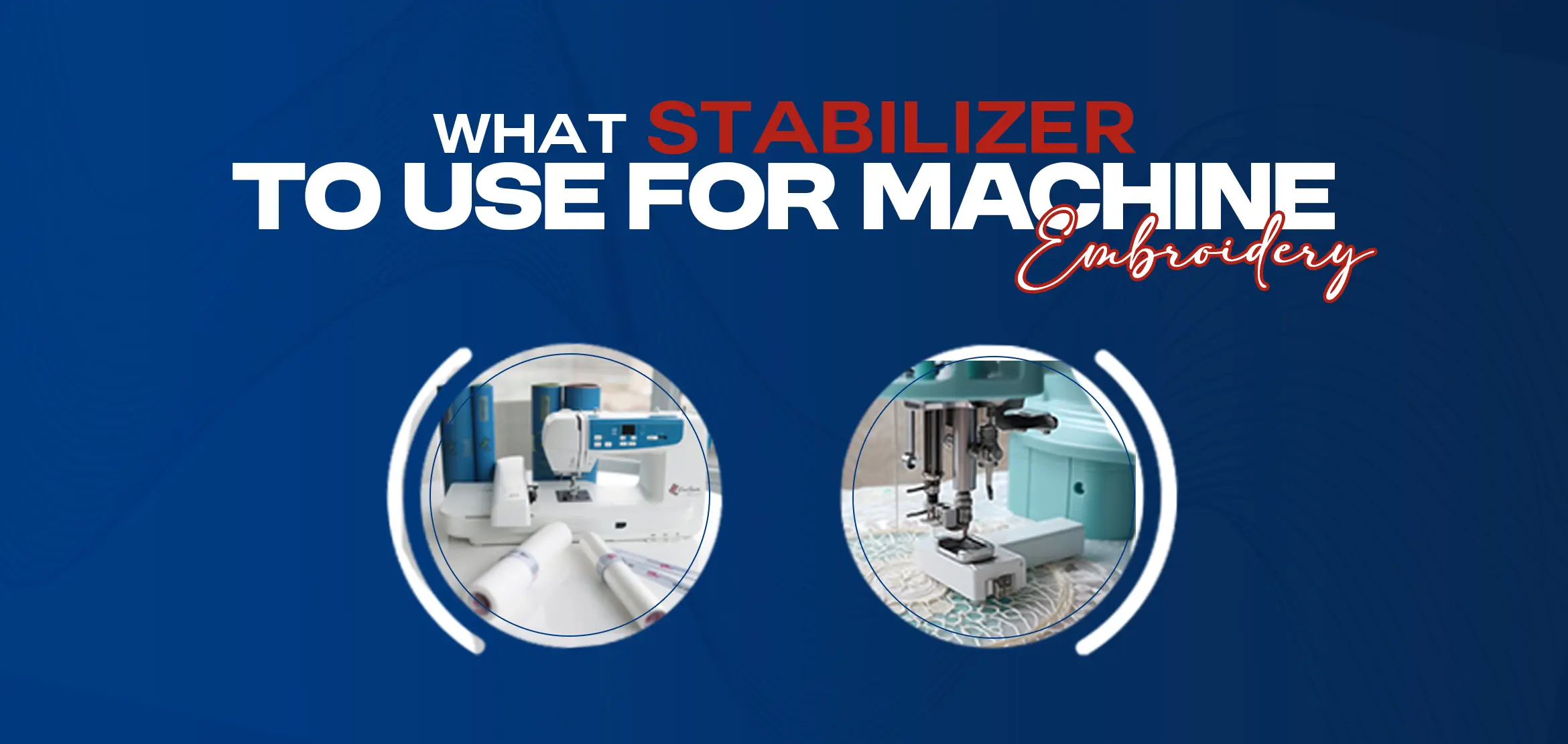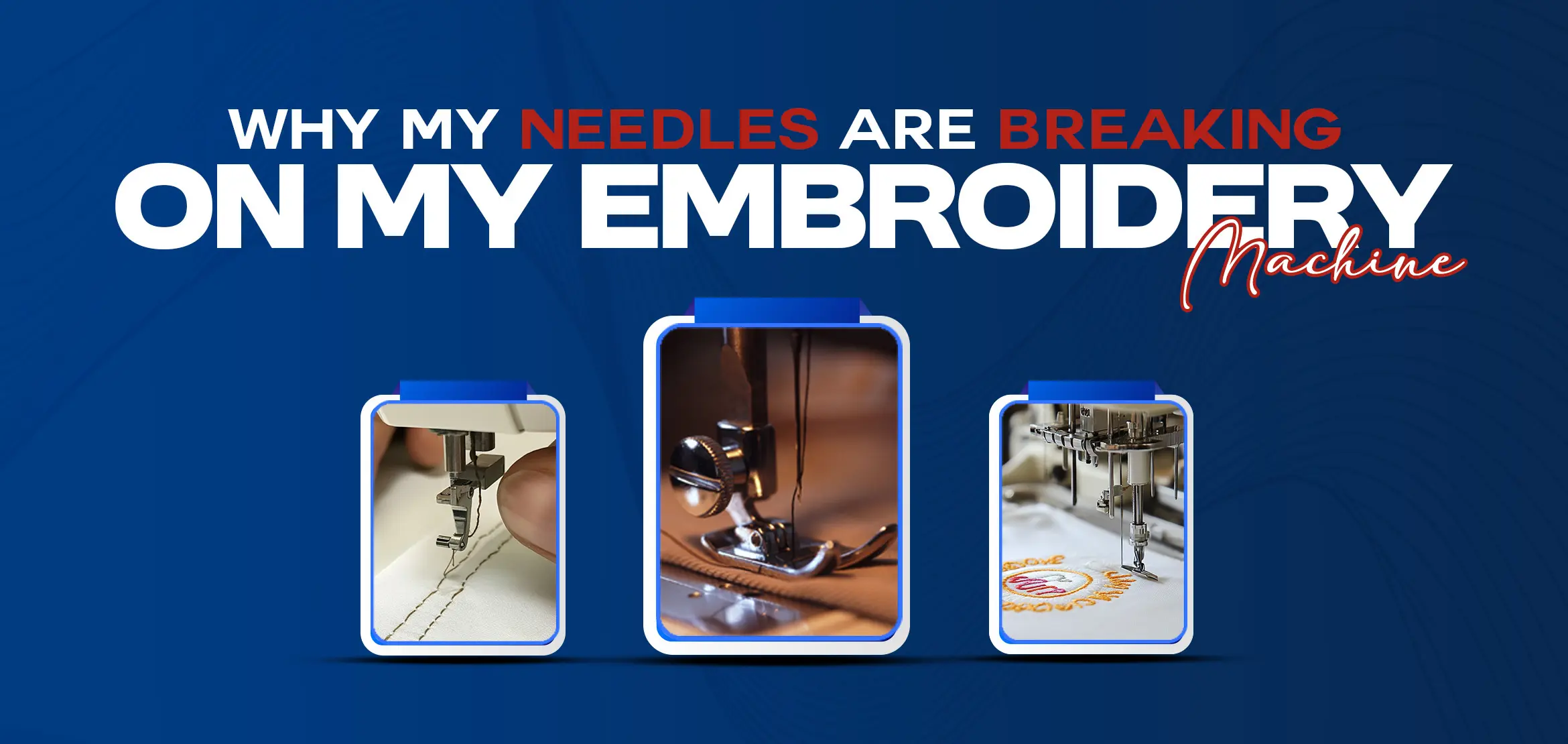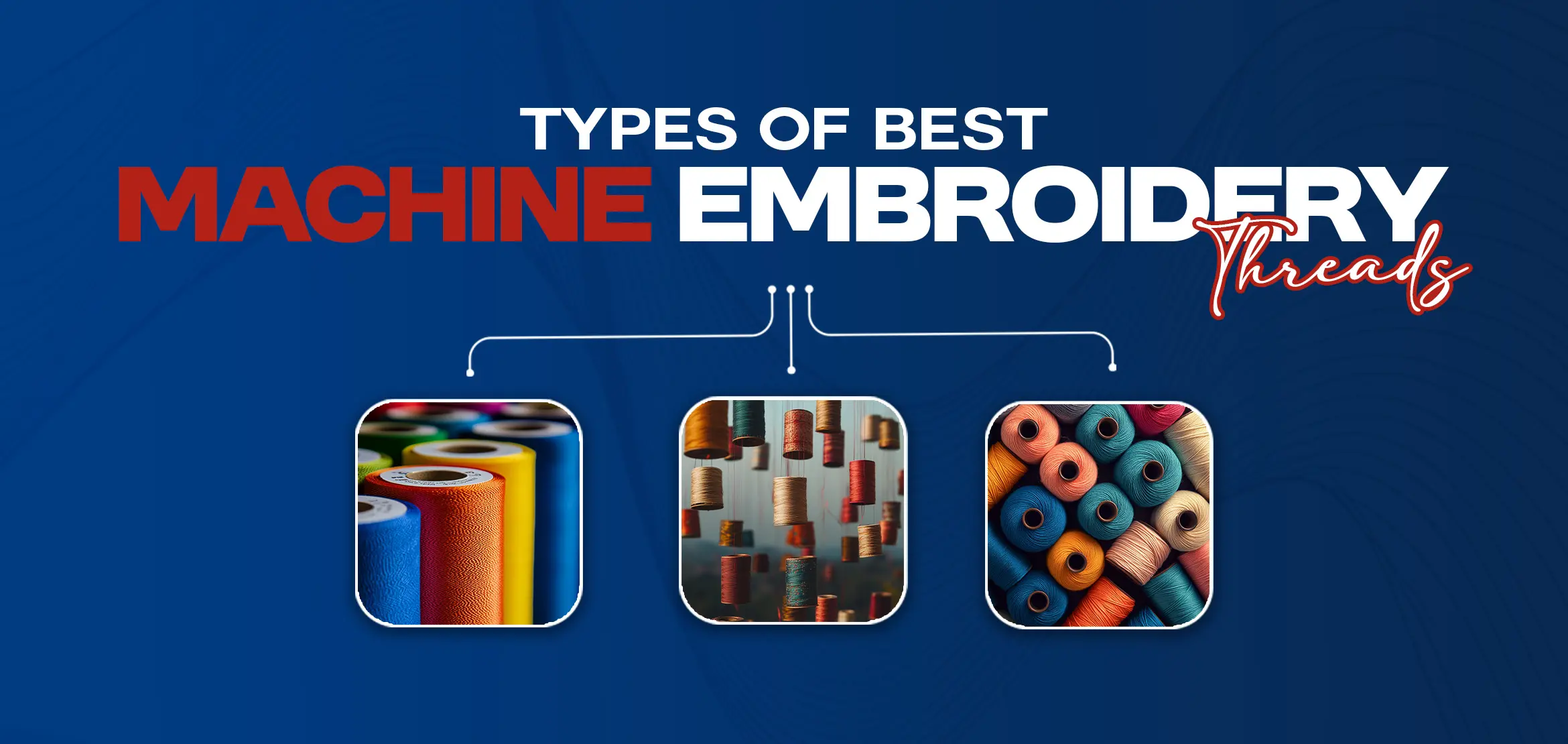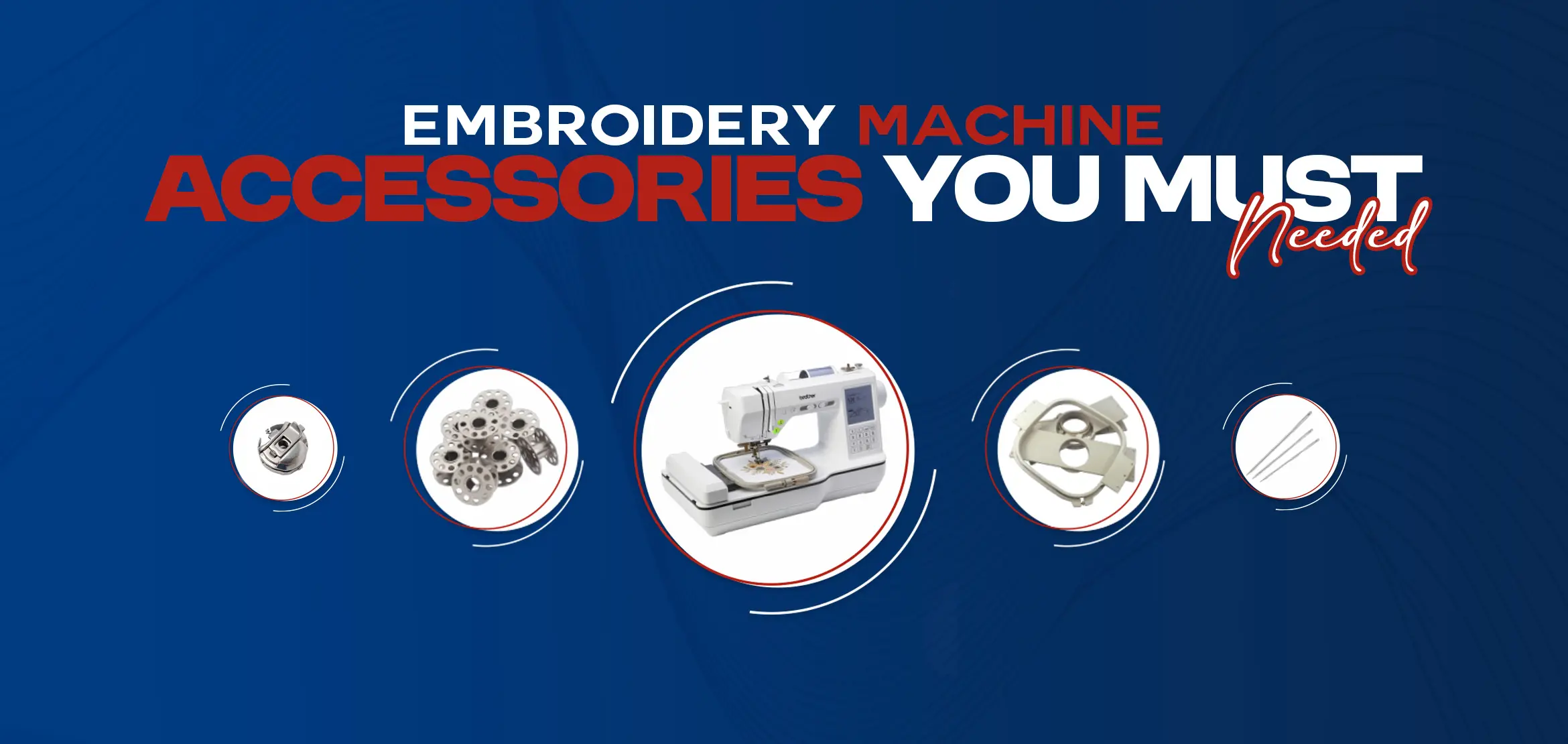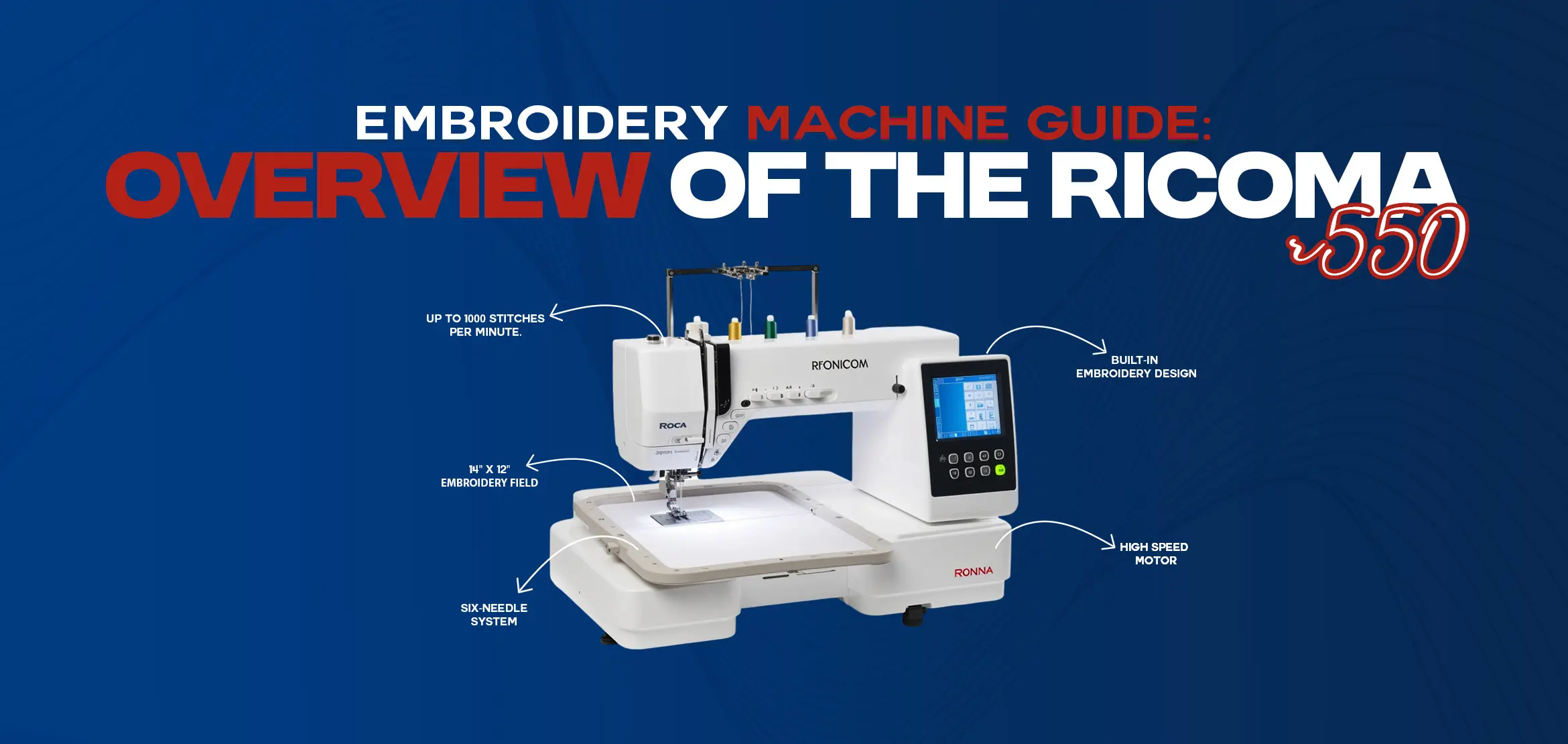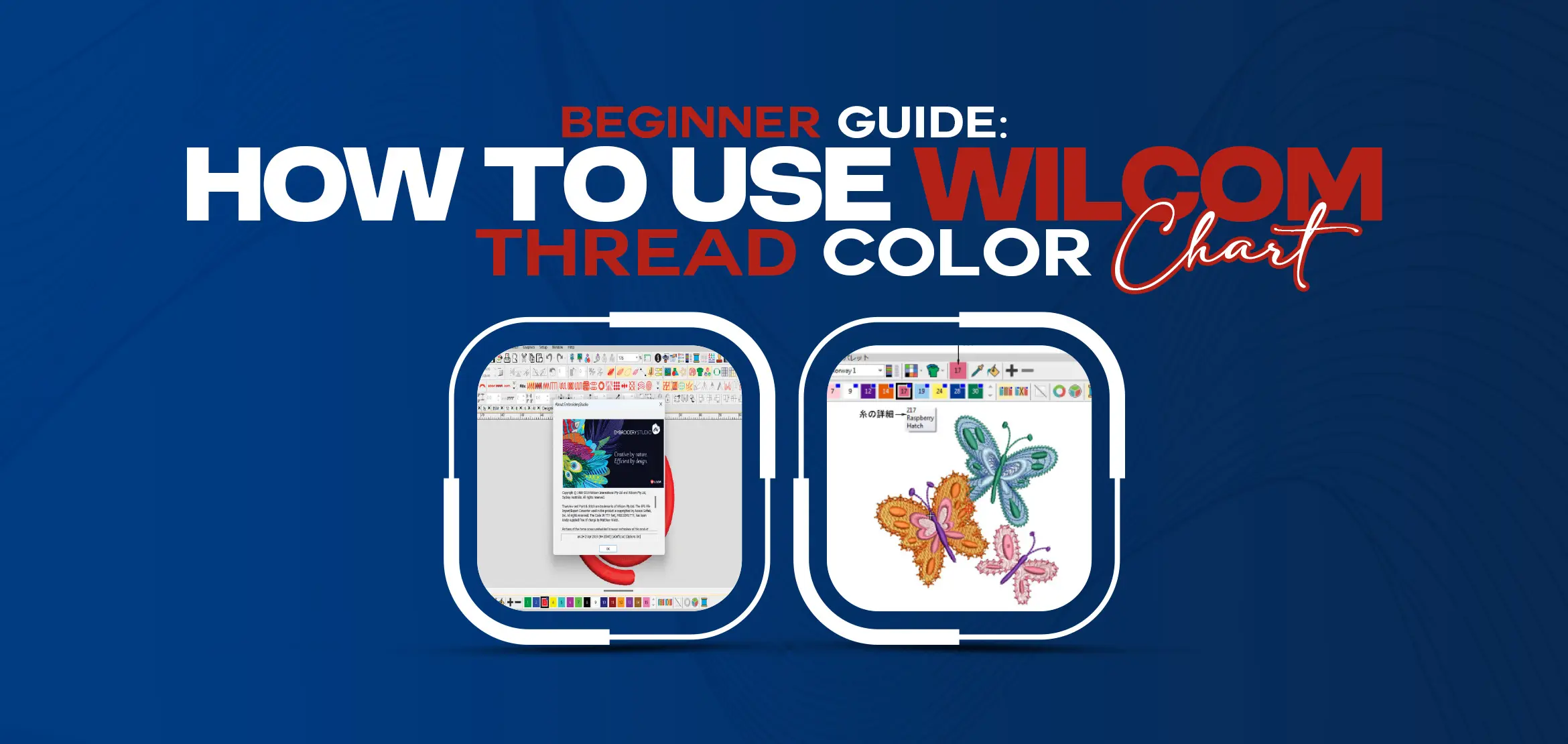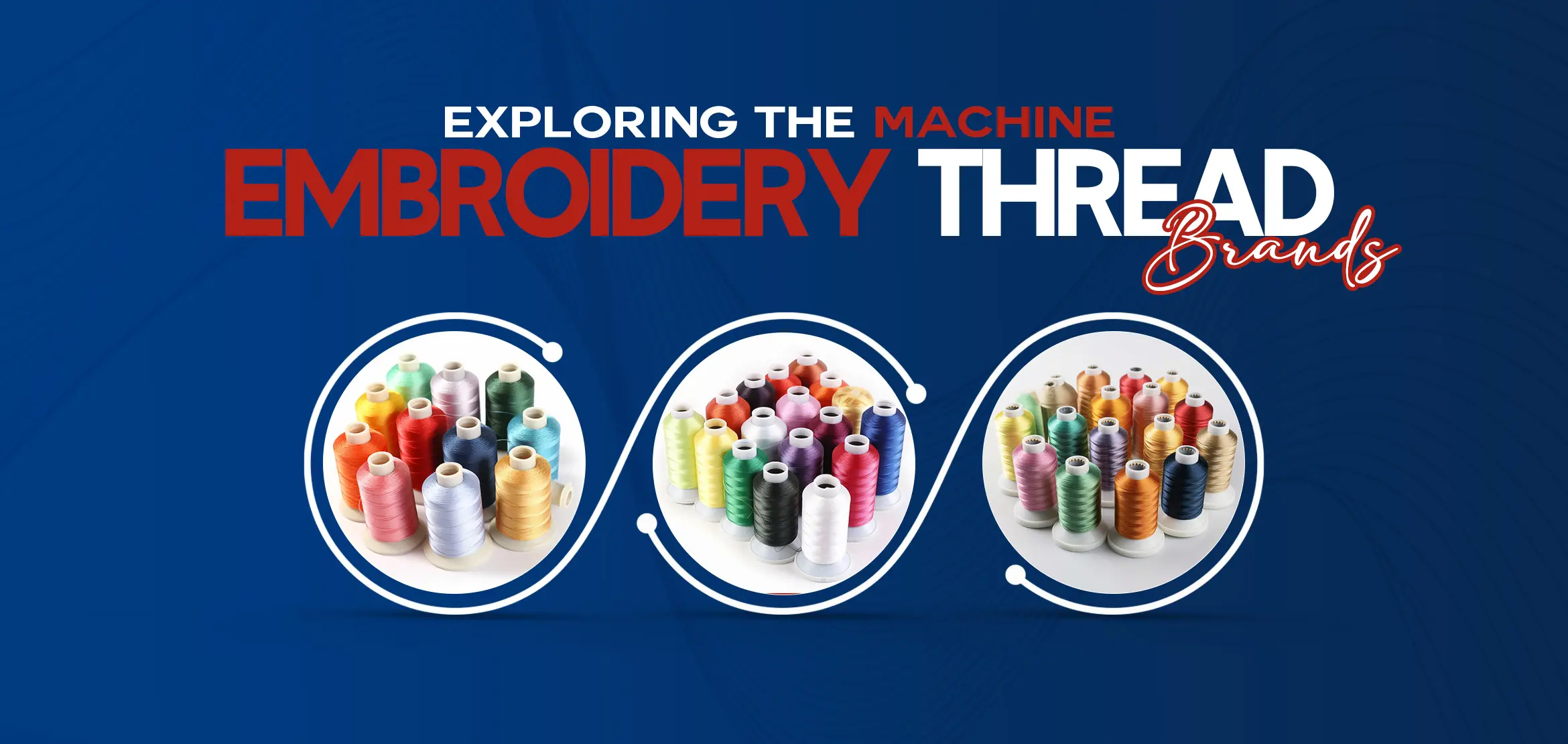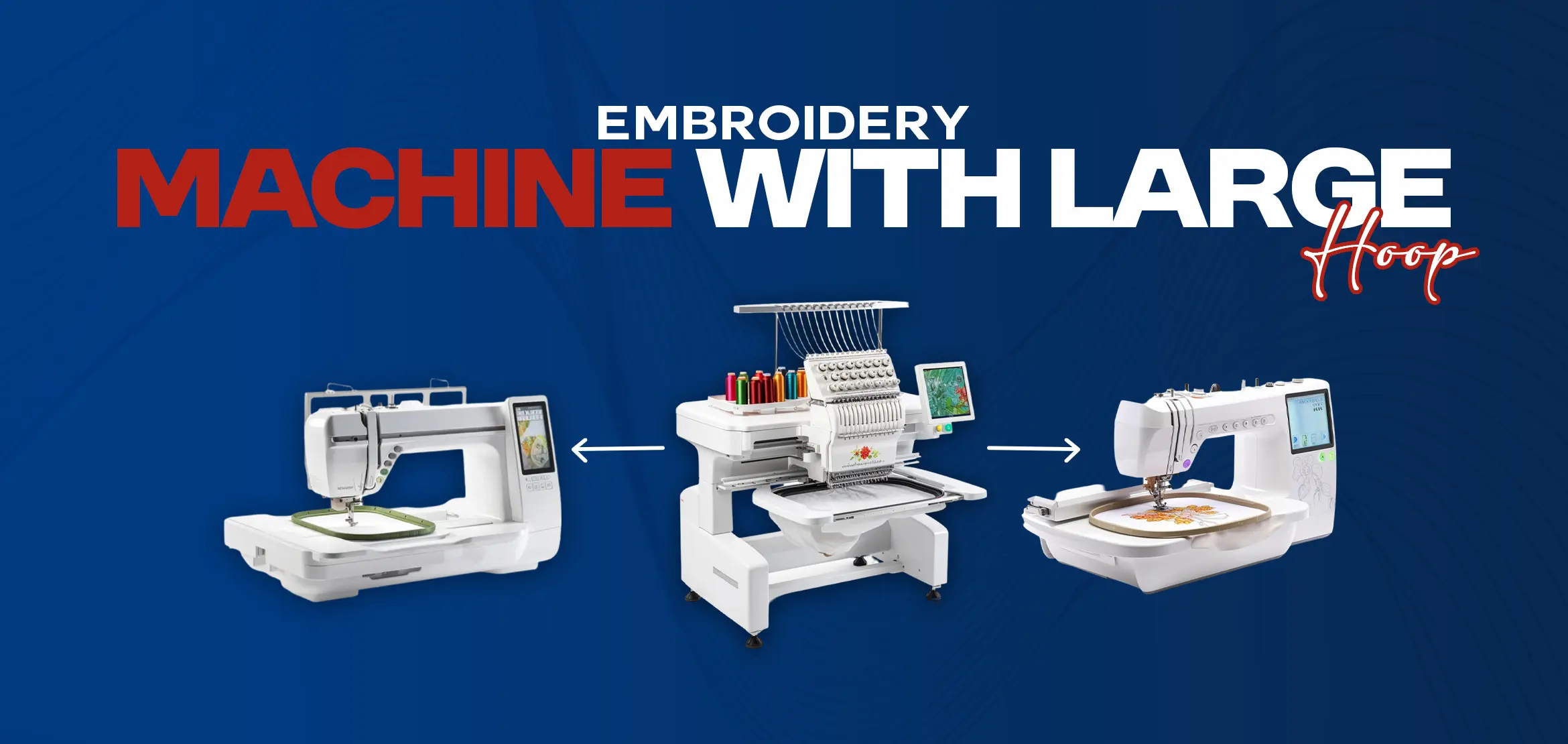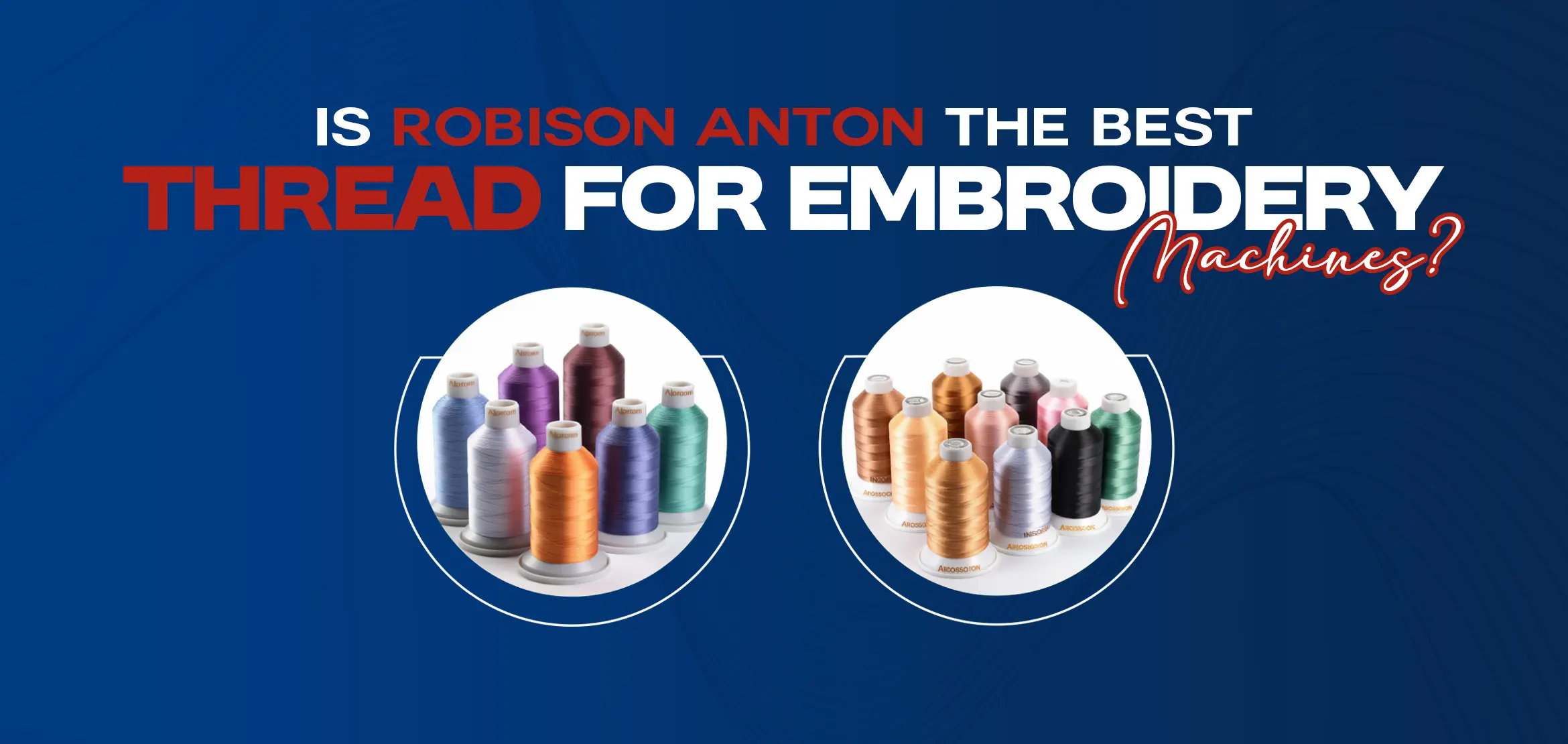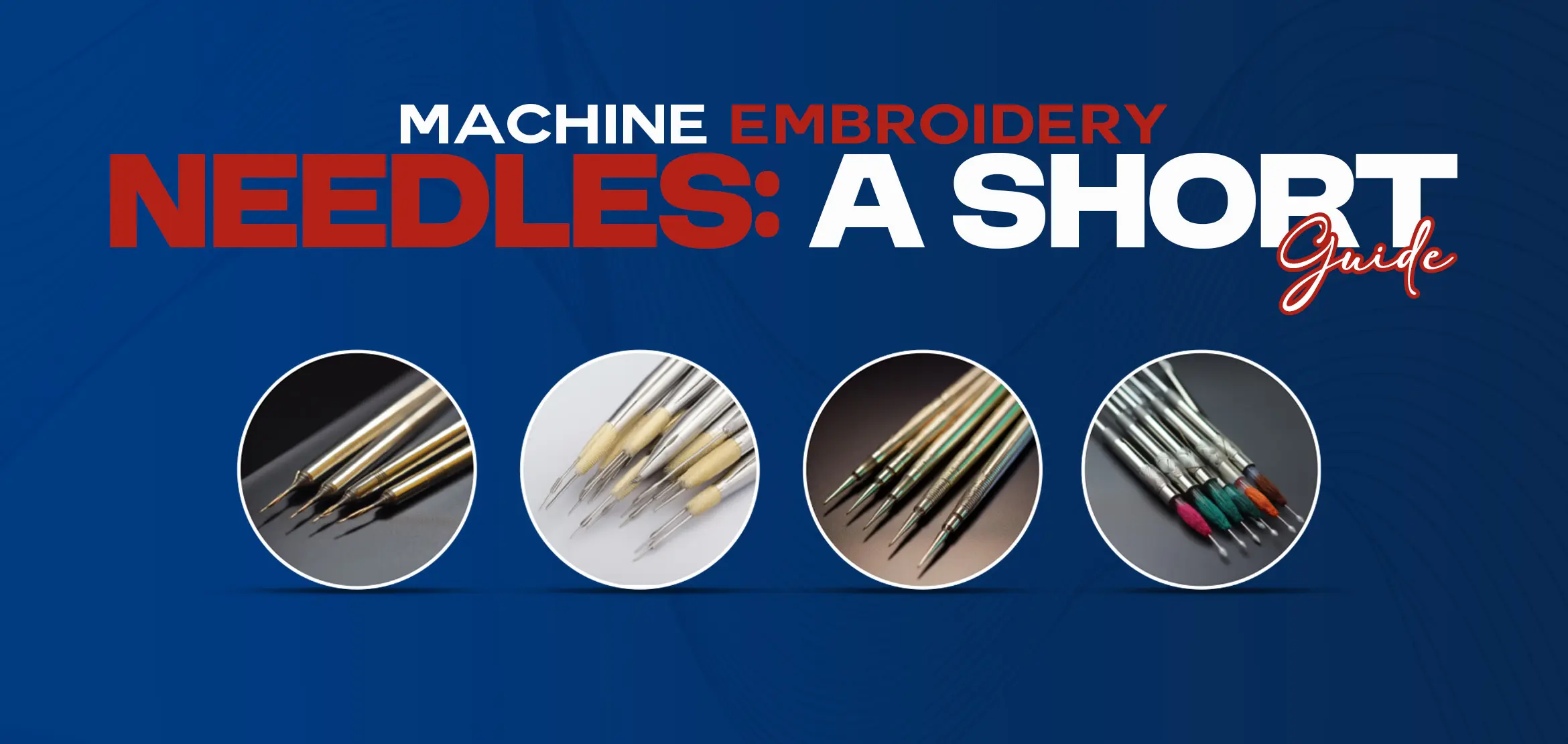
Machine Embroidery Needles: A Short Guide
Table Of Content
Do you ever think needles play a key role in deciding the overall quality of your artwork? Why have needles become a hot topic of discussion in embroidery? They hold significance, and undoubtedly, ignoring them may cost your work.
Undoubtedly, the numerous information sources on the Internet may make it difficult to choose the right options. In this lieu, we have jotted down the bits to make a complete picture!
This blog post will provide all the information you need to select the right needles for your machine embroidery.
Keep reading:
Understanding Machine Embroidery NeedlesTips for Best Performance
.webp)
Using the right size and type of needle for your fabric and thread guarantees a silky stitch, minimal thread breaks, and no damage to your fabric. Ensure you start each project with a new needle and change your needles frequently to maintain the best performance.
By following such details, you are assured of a professional embroidery outcome, making your stuff look classy with precision.
Embroidery, one of the oldest arts known to humans, has become very advanced with the use of machines. Now, intricate designs can be achieved quickly and efficiently.
But, the overall quality of your embroidery will be significantly influenced by the needle you use. Here's a primer for understanding machine embroidery needles and choosing what is best for your project.
Understanding Machine Embroidery Needles
Machine embroidery needles vary from standard sewing needles because of their shape and function. The elements that are considered are the shank, flat on one side for fitting into the machine and proper positioning; the shaft, whose thickness will give stiffness and flexibility to the needle; the eye, more prominent in embroidery needles for the requirement of thicker threads; and the point, often slightly rounded to avoid damage to the fabric.
Machine Embroidery Needles Types and Size
The right choice of needle is also essential. A standard embroidery needle can be used for all materials and threads except metallic ones, which will need a specialty needle with a larger eye so as not to fray when passing through the delicate metallic threads. Ballpoint needles are ideal for knitting and stretchy material because they will glide through without causing damage to the fibers. Heavy-duty needles are best for thicker material or denser designs, as they provide the strength needed to penetrate through several layers.
In addition to type, the length of the needle also matters. Small needles such as 75/11 are perfect for lightweight fabrics and finer threads, as they would impact the fabric minimally. Large needles, such as 90/14, will suit heavier fabrics and thicker threads, giving the strength needed in more demanding projects. Additionally, the American system uses 10,11, 12 cm sizes of needles.
Needle Point
.webp)
Different fabrics require different needle sizes. While choosing the needle, keep in consideration the following requirements:
Sharp Embroidery Needles
.webp)
Sharp embroidery needles are mostly used for tightly woven fabrics, including cotton and pure cotton apparel. Their sharp penetration makes them perfect for each type of clothes.
Ballpoint Embroidery Needles
.webp)
These needles work well for knitted fabrics as they prevent the formation of holes.The point of the ballpoint needle is engineered to force the fabric away from the central axis of the needle rather than piercing it and creating a hole.
Universal Tip Embroidery Needles
.webp)
Universal embroidery is between the shaper and ballpoint embroidery needle. This needle is used for both woven and knitted fabric. It penetrates the woven fabric, although it is not sharp enough to form holes in knitted fabric.
Select the Right Needle Size
The second important thing for a needle, besides its kind, is the size. This is indicated on the needle packaging in a system of two numbers, such as 75/11 or 90/14. The number on the left is the European size, while the number on the right gives the American size. Smaller needles, say 70/10, have to be used for fine weaves and thinner threads, but larger needles (e.g. 100/16) with heavier materials or thicker threads, for example.Correct needle size makes sure that it is not too thin or small for the size of the material or thread so as not to cause damage on it and result in uneven stitches. Consider thickness and texture while selecting a needle.
Final Thought
In a nutshell, needle selection plays a crucial role in deciding the result of your artwork. Multiple needles are required during the procedure, and their mindful selection is necessary. Make sure each stitch penetrates the fabric, stabilizers, and adhesive. It is essential to change the needle regularly. For instance, the first step is to replace the needle amid thread breakage, shredding, or impaired quality stitch. Thus, ignoring the needles disapproves of a site that may distort your work. Pay attention to each detail before setting embroidery. At Digitizing USA, we believe in offering remarkable embroidery digitizing services. Our experts pay attention to each detail, resulting in producing awe-inspiring embroidery digitizing artwork.
For more information, visit our website.
